Top Tips for Otter Watching on Mull
Mull may be heralded as ‘Eagle Island’, but there’s another creature with whom encounters are increasingly hoped for on Mull. We are of course talking about otters, known by their scientific name as Lutra Lutra. Otters can be found all along Mull’s 300 miles of coastline, but they often require time, patience and good fieldcraft to see.
With more people hoping to catch a glimpse, we’ve teamed up with Mull Otter Group to together bring you some tips to help you see otters in the wild, with their welfare front of mind.
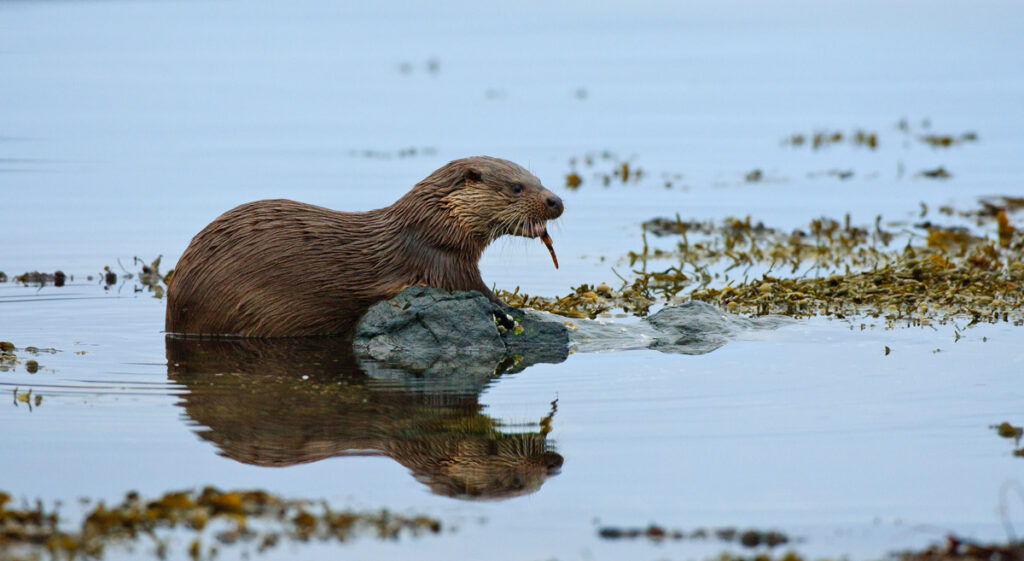
Time and tides
Speak to the local wildlife guides and they’ll tell you that the tide and time of day can factor into your chances of seeing otters during your stay. A guided tour will often offer you the best chances of seeing them.
These are people who spend time with otters most days and know their territories and habits well. They’ll also help ensure you encounter otters in a responsible way, reducing the risk of disturbance, which is very helpful if it’s your first time looking for them.
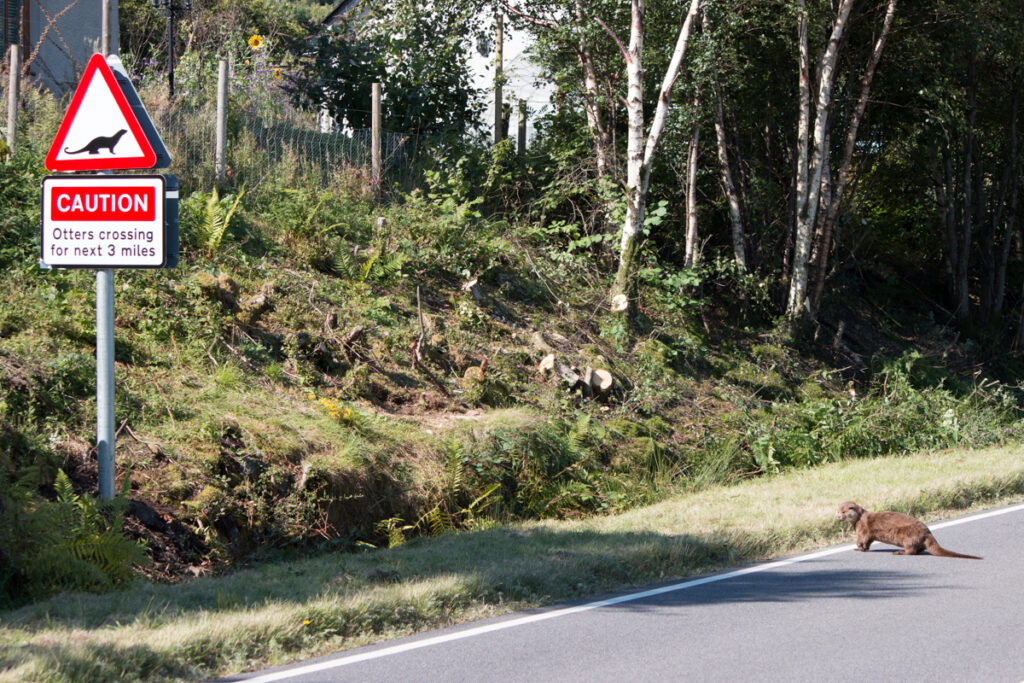
Watch the road
When meandering around the shore of a sea loch keeping your eyes peeled for that tell-tale ripple in the water, remember that not everyone will be doing the same as you. Pull into passing places to let traffic behind you pass, and then continue to cruise along at your own pace.
If you see an otter, find a suitable, safe place to stop, avoiding passing places that need to be kept clear for traffic to get through. Your car can become a valuable viewing hide! Don’t risk getting out, as the sound of the doors closing may startle the otter.
Enjoy the view for a while, but don’t wait too long – you never know when you might find yourself unknowingly in the way of the route to an otter’s holt, or between a mother and her cubs.
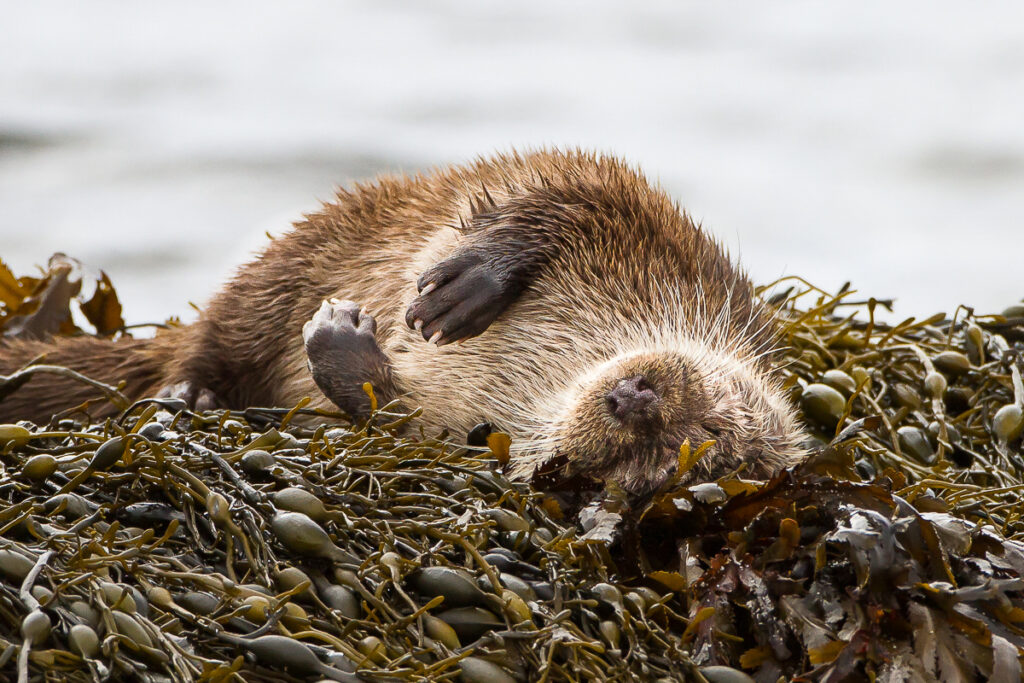
Take cover
For the most committed otter watchers, then patience can pay off when hunkering down in one location. Find a quiet spot away from other people and shelter beside some rocks as you scan the shoreline for activity. Take care to avoid ground-nesting birds who share these shores and keep still and quiet if an otter appears. It will help you to go unnoticed if you are downwind.
If you do need to move, then do so slowly as the otter dives under water – a dive typically lasts for 20 seconds – but ideally wait in place and let the otter come to you.
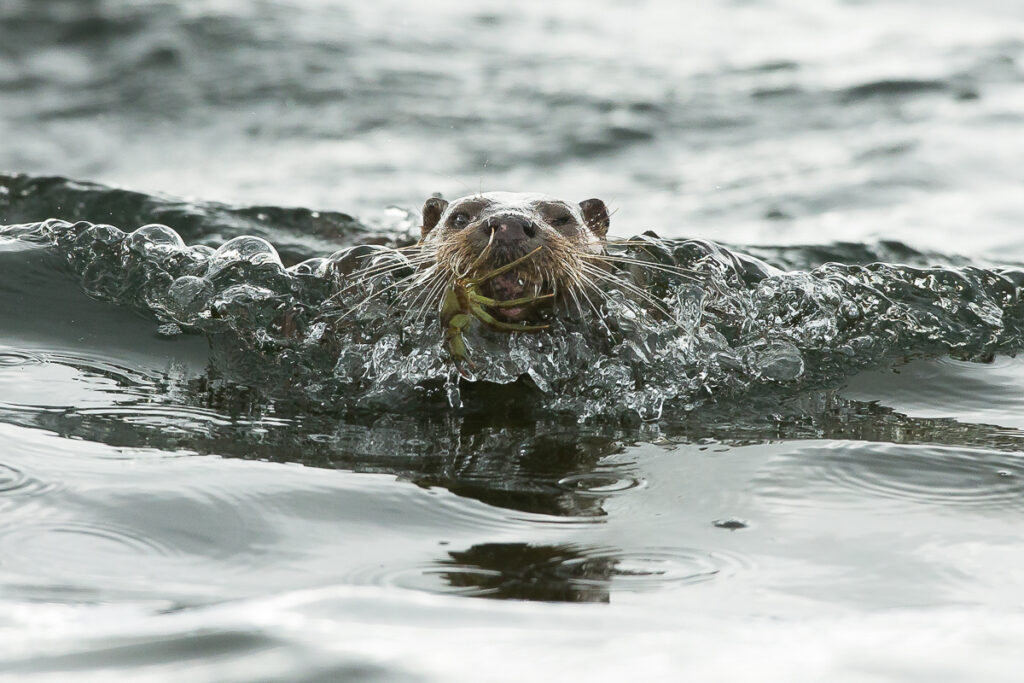
Go with the flow
Remember that while often spotted in Mull’s sea lochs, otters need freshwater too. This is so that they can bathe and wash the salt off their coats, as well as to drink. That makes it really important to scan the area you choose to watch for otters from and ensure you won’t be blocking the way to a stream or their holt.
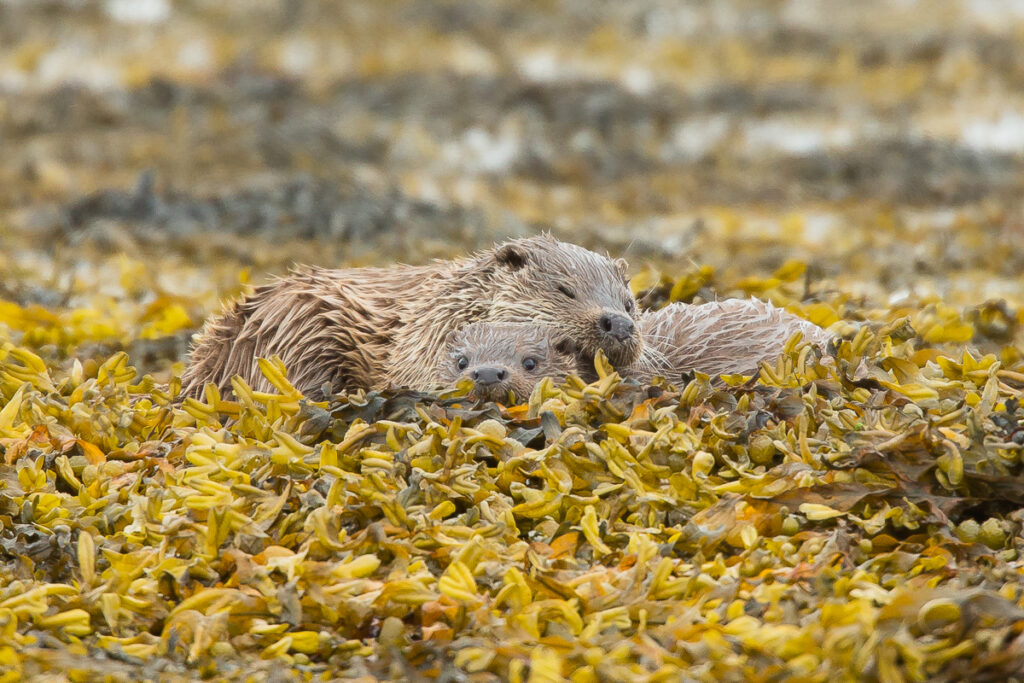
Keep your distance
A good pair of binoculars or scope will stand you in good stead for otter watching, enabling close-up views without getting too close to the otter. Give them space and try to go unnoticed. For those who do, the reward of a relaxed otter grooming, playing, bathing or feeding is one you’ll treasure.
For more information about the island’s wildlife and how to encounter it responsibly, watch our video with RSPB Officer for the island, Dave Sexton.
